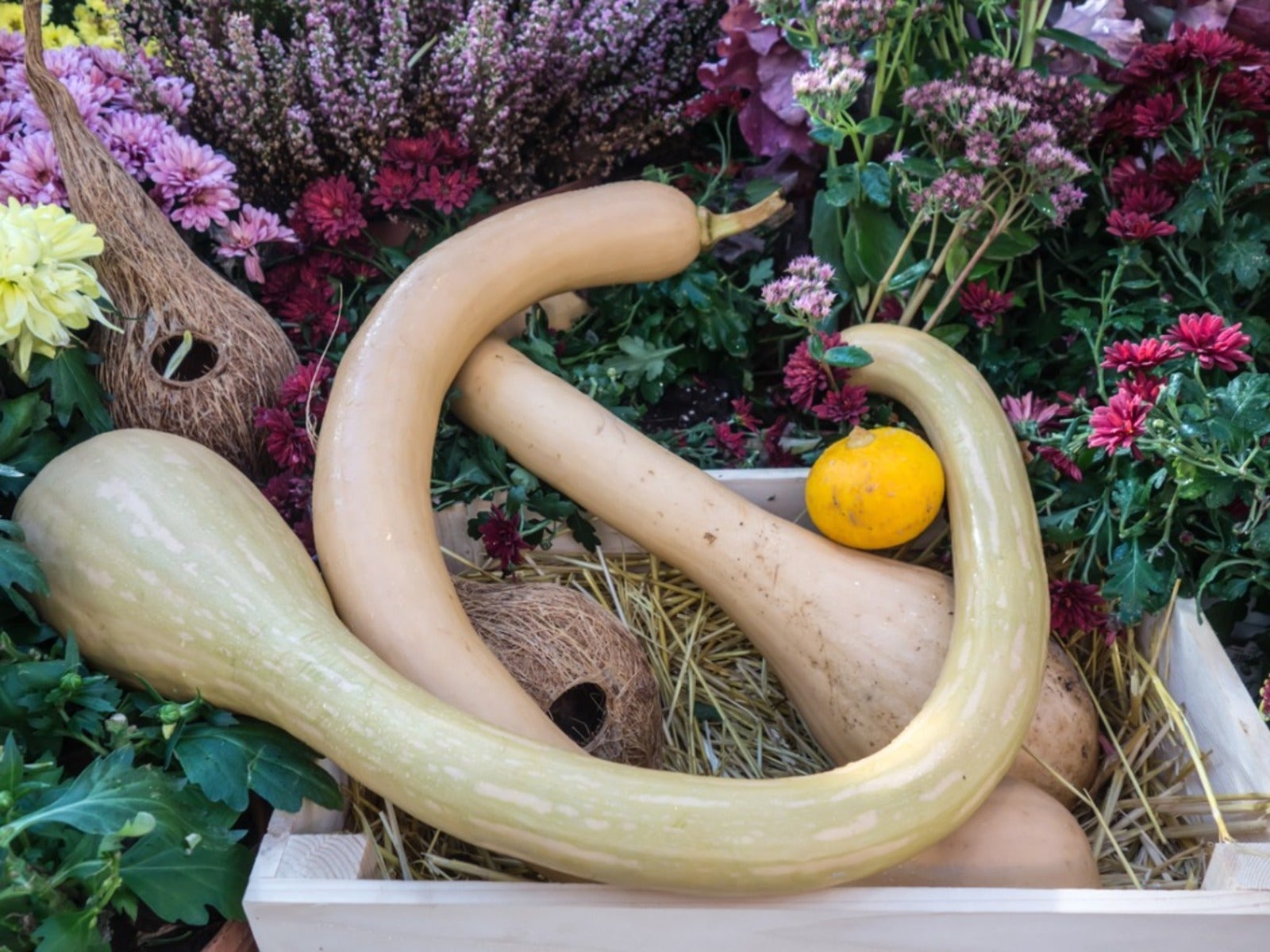Wonderful And Weird Squash Varieties You Should Grow


All varieties of squash will cross pollinate with each other, resulting in some unusual squash varieties. They are also intentionally bred in an effort to produce squash with unique traits. Some of the weird squash varieties that result may be found on the dinner table or may simply end up as interesting yard art.
Unusual Squash to Try
In the heirloom category, there are numerous rare types of squash. Many of these were once thought lost, but careful seed collection has seen these varieties come to modern light. Combine this fact with today’s breeding programs, and the wild, and wacky world of squash is a colorful, shape shifting universe.
Rare Squash Varieties
Many of the hard to find varieties of squash are heirlooms, and many of these were introduced for sale in the mid to late 1800s when seed catalogs flourished. Over the years, these varieties were often overlooked in favor of squash with easier growth patterns, resistance to disease and pests, better flavor, longer shelf life, and more conventional appearances. Catering to the consumer, breeders know that a vegetable or fruit bought at the supermarket must be perfect in the eyes of the buyer. So many of the types of squash grown by our grandparents were shucked to the wayside in an effort to please buyers' palates and eyes.
But a resurgence has begun, with food enthusiasts taking an interest in the types of plants our forebears grew and ate. Saving seed from these old cultivars has brought about old, rare squash varieties that haven’t been grown in decades.
- Olive Squash- Sweet, thick, golden flesh with an olive hued skin. Useful in small gardens due to the shorter, low growing vines.
- Candy Roaster- Related to Turban and Hubbard, this squash was originally grown by the Cherokee people. A fat, banana-like squash with orange rind, streaked with green at the blossom end.
- Pattypan- A very attractive small squash with scalloped edges. In both white and yellow, pattypan squash is also called custard marrow and boasts sweet, creamy meat after cooking.
- Red Kuri- A small squash with an oval form and reddish-orange rind.
- Pike’s Peak- Probably originated from the native people and similar in appearance to a Hubbard. This fruit has excellent storage capacity and is considered at its peak after months of storage.
- Banana Squash- A very large fruit is produced, up to 35 pounds (16 kg). Banana squash are creamy, beige fruits with flesh suited for both savory or sweet dishes.
- Sweet Meat- Flattish fruits, heirloom variety. Fruits are up to 15 pounds (7 kg).
Unusual Summer Squash Varieties
Summer squash are classic fruits during the growing season. Because they do not store long term, they are features of summer BBQs and picnic foods. The skin is edible on these fruits, and flesh is soft (even more so when cooked). They may be eaten raw or prepared in a variety of ways. Fruits should be picked when young, but it is not uncommon for gardeners to have massive fruits and copious yields.
- Cocozelle- Long, slender fruit adorned with light green stripes
- Gold Rush- Actually a zucchini, although it sports deeply gold skin
- Vegetable Marrow White Bush- A zucchini with creamy, greenish skin and long, rounded fruits
- Sundance- An early yellow crookneck with smooth skin
- Goldbar- An early yellow straightneck
- Butter Blossom- Open pollinated plant with sweet, creamy flesh
- Scallopini- A scallop squash with small, white fruits that come all season long
Pumpkins
Among the unique squash varieties, pumpkins are one of the most diverse. We use them in pies, curries, as holiday decor, and more. Pumpkins run the gamut in size from little ones you can cup in your hand, to prize winning mammoths that take a forklift to move. Their rinds may be smooth, warty, uniform in color, or splashed with a variety of hues. The flesh is also diverse, with some stringy, others creamy, and a wide range of sweetness.
Some pumpkins are best used in sweet recipes, while others stand out in savory dishes. There are pink and blue varieties like Australian butter (pink), Blue Doll (blue), Jarrahdale (blue), and Marina di Chioggia, a lovely pastel pink. Asian pumpkins have been grown in the West since before the 1600s with several varieties still widely available. Yuxijianbinggua, Chirimen, and Shishigatani are notable selections.
Sign up for the Gardening Know How newsletter today and receive a free copy of our e-book "How to Grow Delicious Tomatoes".
- Red Warty Thing- A colorful name that says it all.
- Speckled Hound- Lovely orange skin spotted with blue-green marbling.
- Wolf- A true jack-o-lantern form with a large curved, sturdy stem.
- One Too Many- Another colorful name that describes its appearance as a heavy drinker’s bloodshot eyeballs.
- Peanut Pumpkin- A small to medium pumpkin with pinkish beige skin covered in rough bumps.

Bonnie Grant is a professional landscaper with a Certification in Urban Gardening. She has been gardening and writing for 15 years. A former professional chef, she has a passion for edible landscaping.